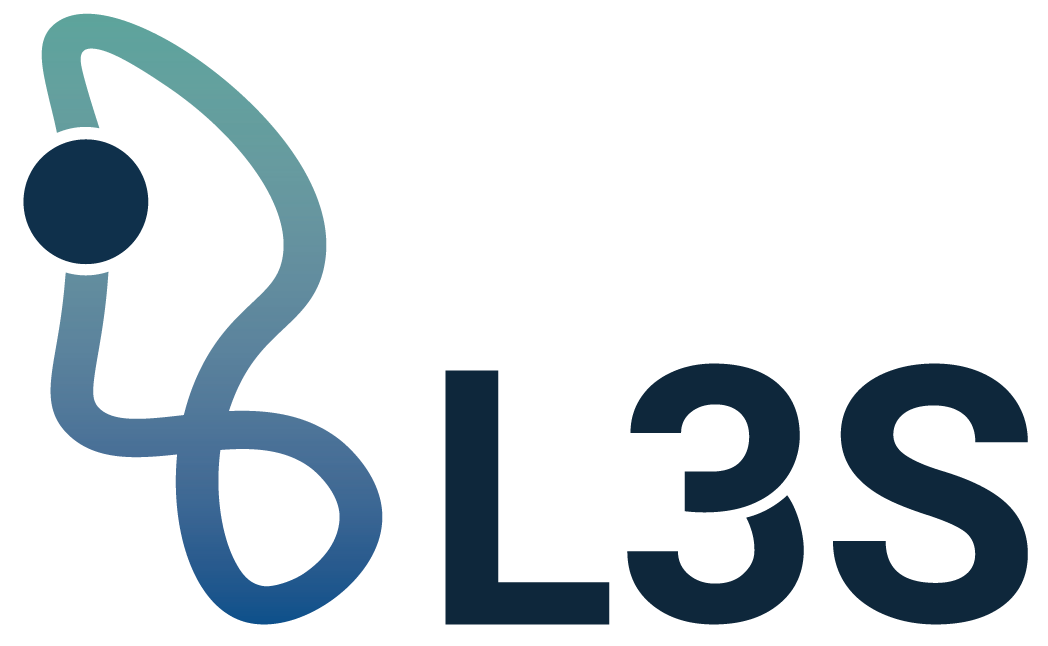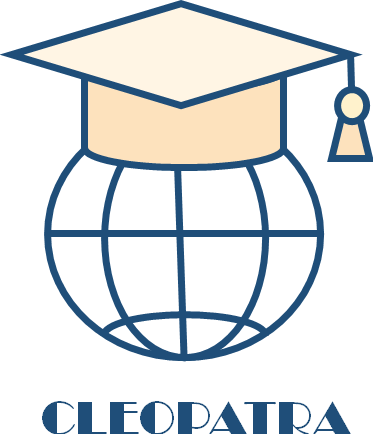|
so:text
|
Yes it was 1949. How I came to that. That's like how one gets to know a human being. It so happens that I've always had a preference – as everyone has prejudices and preferences – for the square as a shape in preference to the circle as a shape. And I have known for a long time that a circle always fools me by not telling me whether it's standing still or not. And if a circle circulates you don't see it. The outer curve looks the same whether it moves or does not move. So the square is much more honest and tells me that it is sitting on one line of the four, usually a horizontal one, as a basis. And I have also come to the conclusion that the square is a human invention, which makes it sympathetic to me. Because you don't see it in nature. As we do not see squares in nature, I thought that it is man-made. But I have corrected myself. Because squares exist in salt crystals, our daily salt. We know this because we can see it in the microscope. On the other hand, we believe we see circles in nature. But rarely precise ones. Mature, it seems, is not a mathematician. Probably there are no straight lines either. Particularly not since Einstein says in his theory of relativity that there is no straight line, rod knows whether there are or not, I don't. I still like to believe that the square is a human invention. And that tickles me. So when I have a preference for it then I can only say excuse me. (en) |

